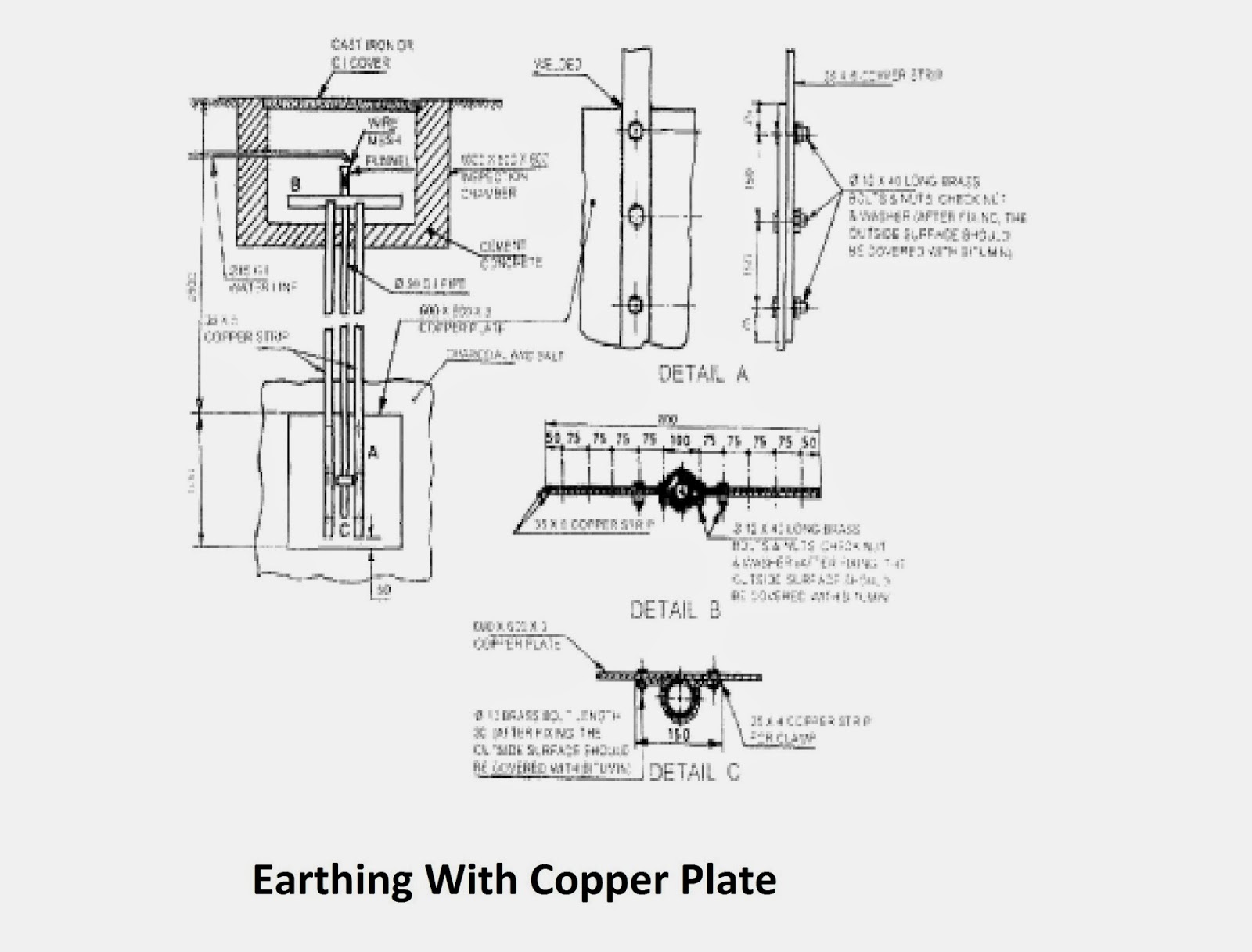Precautions while working with Gas Discharge Lamps & Fixtures
Safely Working with Gas Discharge Lamps and Fixtures
Fixtures for gas discharge lamps may use up to 30,000 V while starting depending on technology. And, they are often not isolated from the power line. Neon signs are powered by transformers or electronic ballasts producing up to 15,000 V or more. Thus, the only safe way to work with these is to assume that they are potentially lethal and treat them with respect.
Hazards include: - Electric shock. There is usually little need to probe a live fixture. Most problems can be identified by inspection or with an ohmmeter or continuity tester when unplugged.
- Discharge lamps and fixtures using iron ballasts are basically pretty inert when unplugged. Even if there are small capacitors inside the ballast(s) or for RFI prevention, these are not likely to bite. However, you do have to remember to unplug them before touching anything!
Neon signs using iron transformers are also inert when unpowered - just make sure they are off and unplugged before touching anything!
- However, those using electronic ballasts can have some nasty charged capacitors so avoid going inside the ballast module and it won't hurt to check between its outputs with a voltmeter before touching anything. Troubleshooting the electronic ballast module is similar to that of a switchmode power supply.
- The pulse starters of some high intensity discharge lamps may produce up to 30 kV during the starting process. Obviously, contact with this voltage should be avoided keeping in mind that 30 kV can jump over an inch to anyplace it wants!
- Nasty chemicals: Various toxic substances may be present inside high pressure discharge lamps (sodium and mercury) and neon signs (some phosphors). Contact with these substances should be avoided. If a lamp breaks, clean up the mess and dispose of it properly and promptly. Of course, don't go out of your way to get cut on the broken glass! WARNING: Metallic sodium reacts with water to produce hydrogen gas, an explosive. However, it is unlikely that the inner tube of a sodium vapor lamp would break by accident.
- Ultra-Violet (UV) light: High intensity discharge lamps generate substantial UV internally, often the particularly nasty UV-B variety. Unless designed to generate UV (for medicinal purposes, photoengraving, or whatever), the short wave radiation will be blocked by the outer glass envelope and/or phosphor coating. However, should the outer envelope break or be removed, the lamp will still operate (at least for a while - some have a means of disabling themselves after a few hours or less of exposure to air). DO NOT operate such a lamp preferably at all but if you do, at least take appropriate precautions to avoid any exposure to the UV radiation.

Comments
Post a Comment